Status in Alberta: Species of Special Concern (Sensitive)
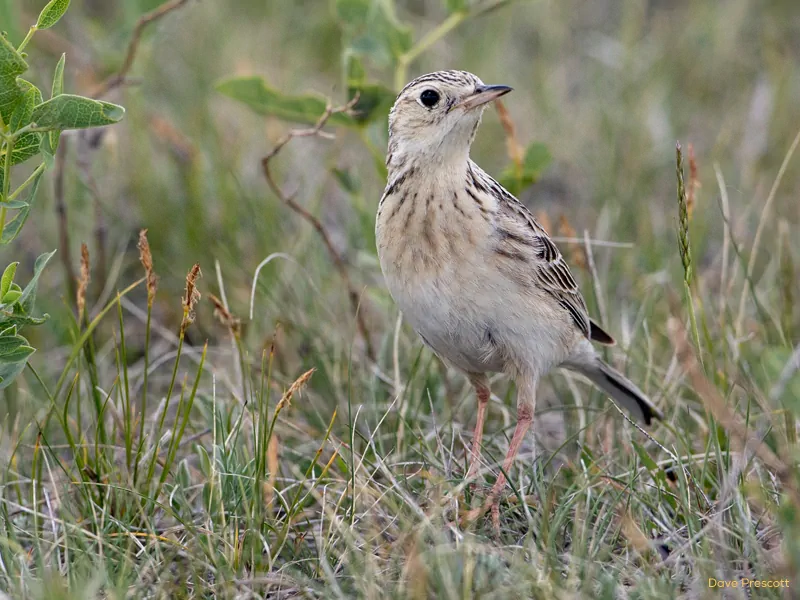

Native grasslands that are lightly to moderately grazed.
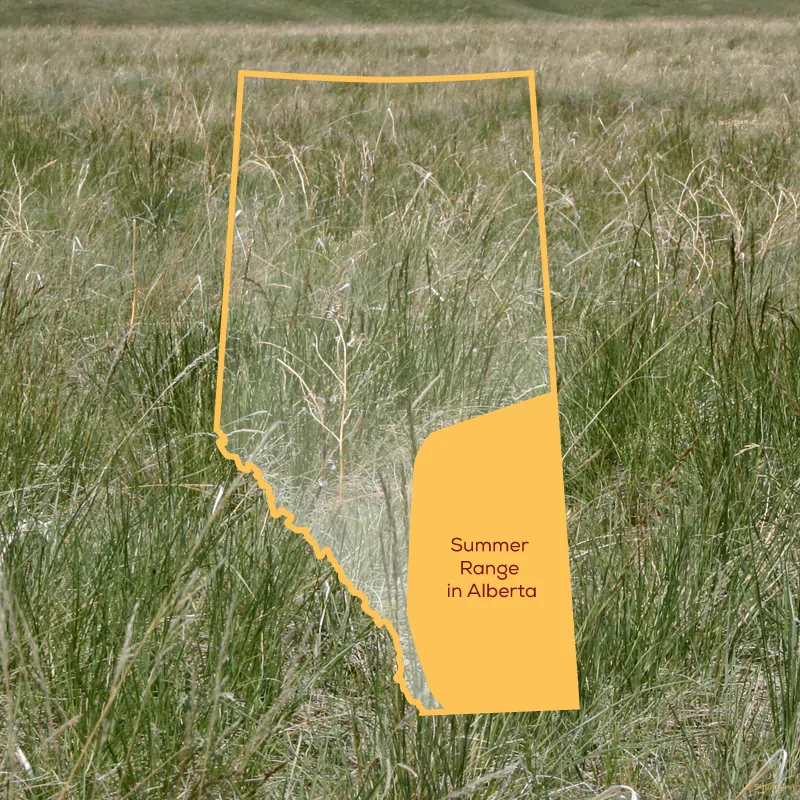
These elusive little brown birds are much easier to find by hearing their distinctive song than by spotting them with your eyes.
Sprague’s Pipits perform the longest flight display of any bird. Males fly 100 m upwards during aerial courtship displays and can stay in the air for as long as three hours.
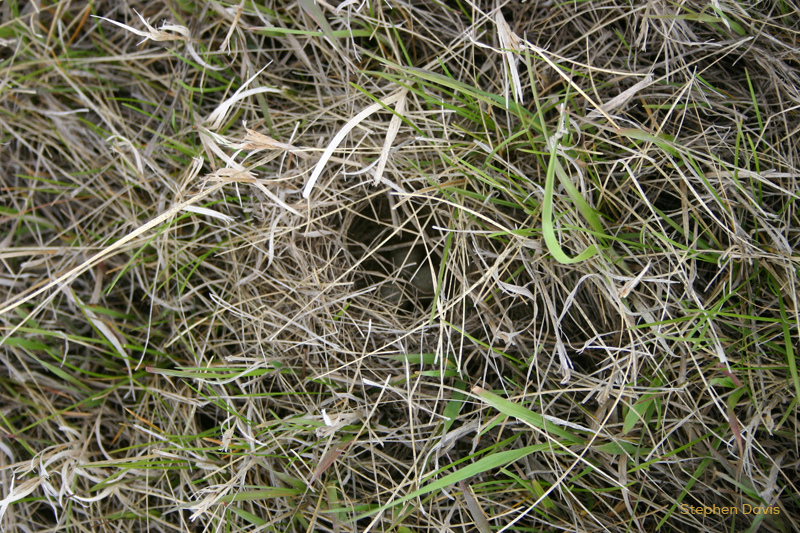
Can you spot the well-concealed Pipit nest?
Their domed nests are built on the ground, among dense and tall grassy vegetation.
Sprague’s Pipits only nest in native grassland where the grass is “just right” – not too tall and not too short – and where an adequate amount of “old grass” from the previous year remains under the new growth. They avoid cultivated areas and pasture land that contains introduced grass species.
There is no accurate population estimate for Sprague’s Pipits, but their numbers declined by almost 20% from 1993 to 2003.
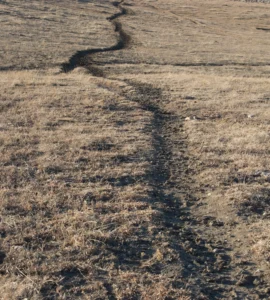
Heavily grazed short grass prairie does not contain tall enough vegetation for Sprague’s Pipits.
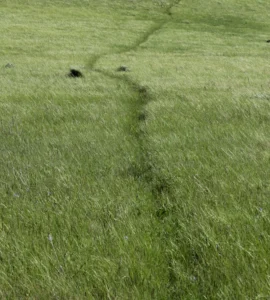
This lightly grazed grassland is perfect for Pipits!
Test your knowledge about Alberta’s grassland species at risk